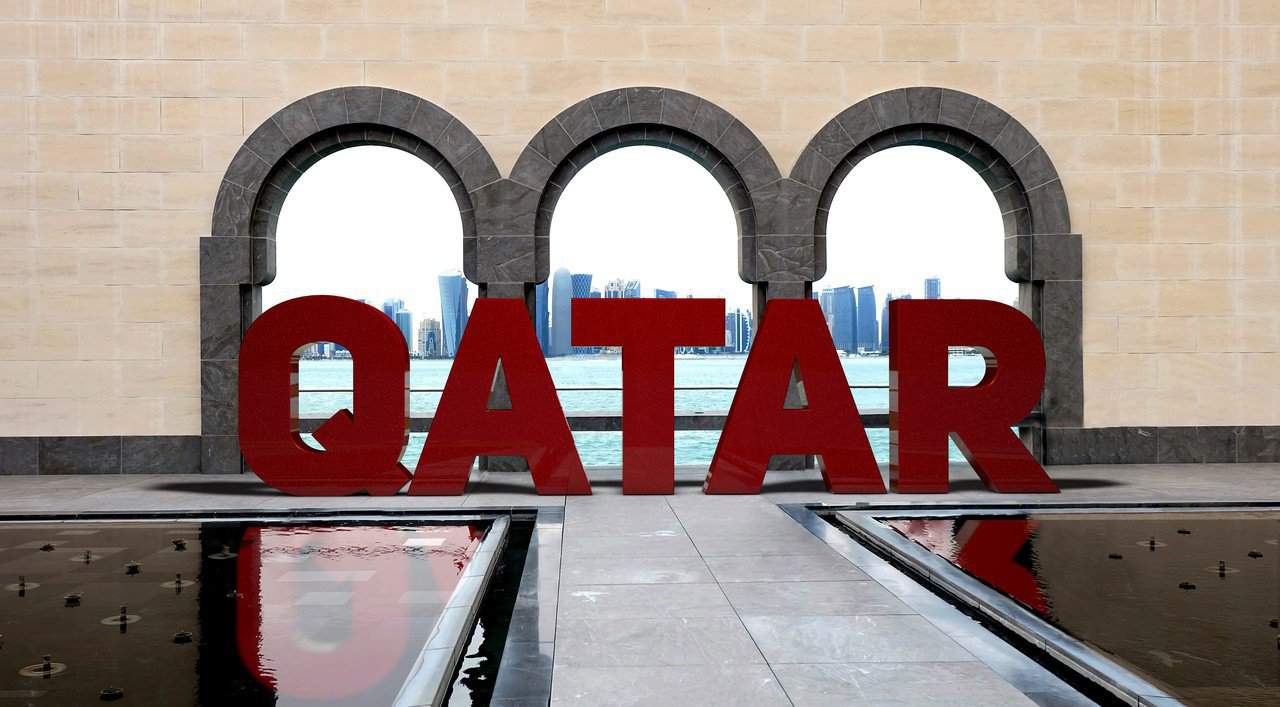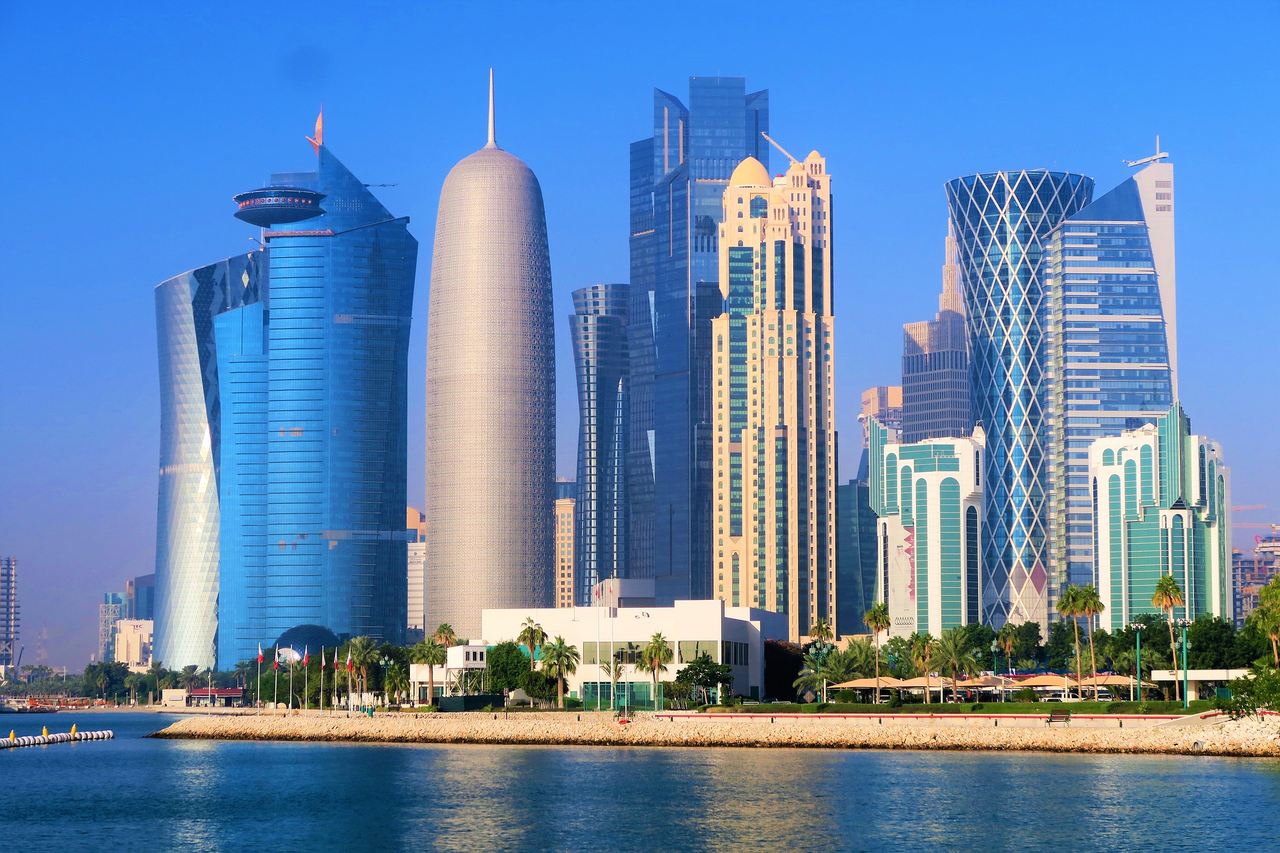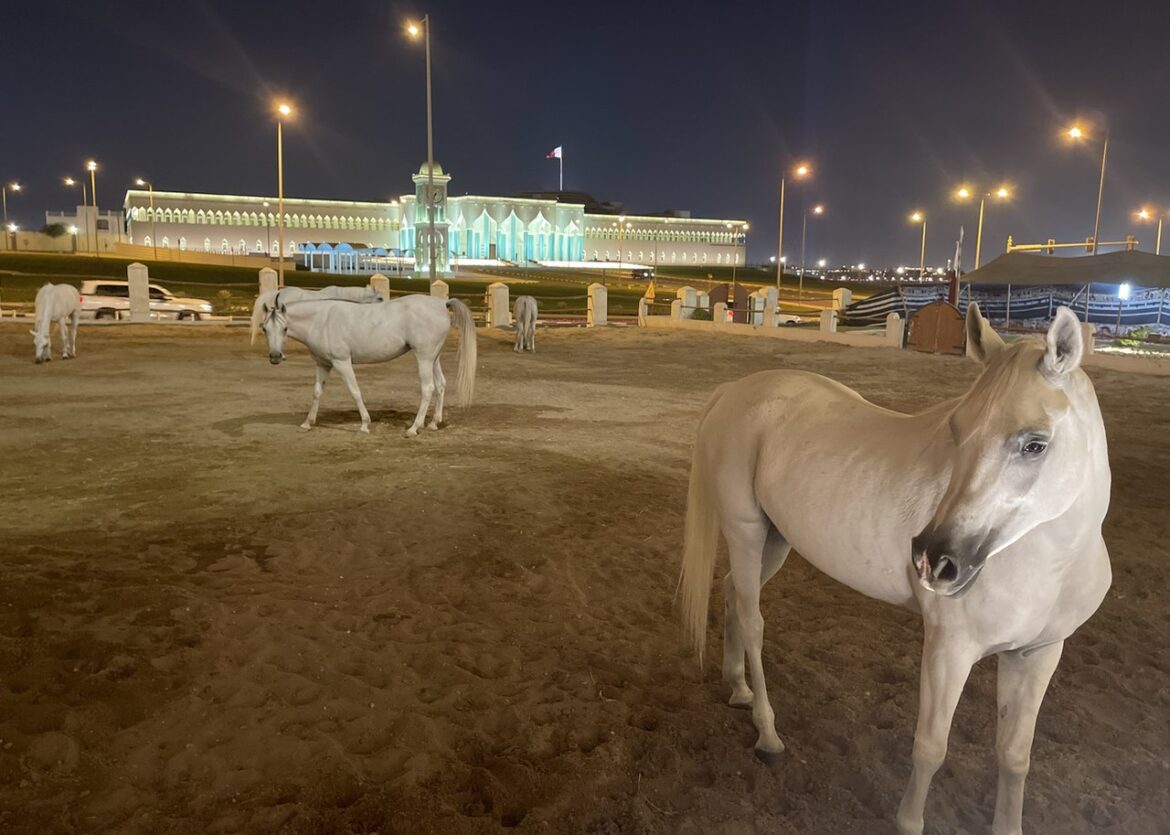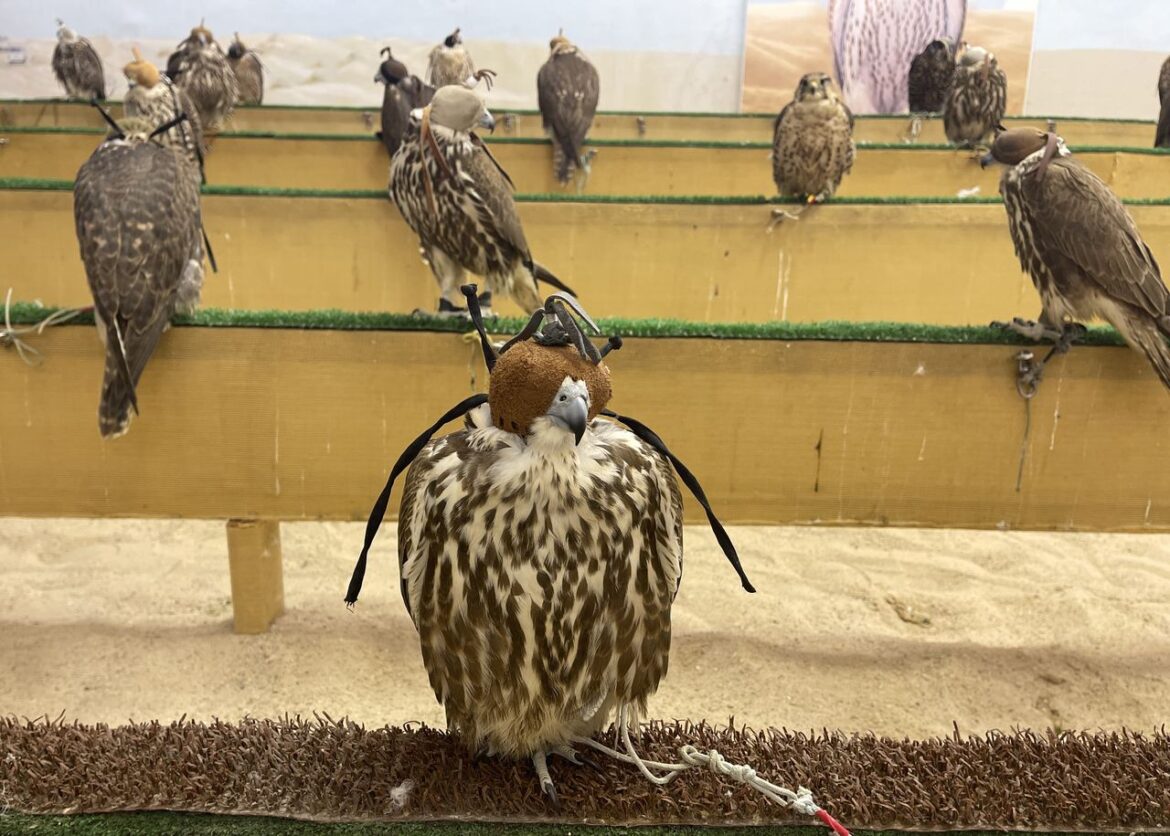In just a decade the tiny State of Qatar has transformed from run-down to front-runner in world recognition.
The afternoon sun was still warm and cast a burnt orange hue over the desert sands, with beautiful shadows over the dunes. But nothing was relaxing about climbing and slipping down those dunes at exhilarating high speed in a four by four whose tyres had had their air let out, especially for the experience. It’s called Dune Bashing.
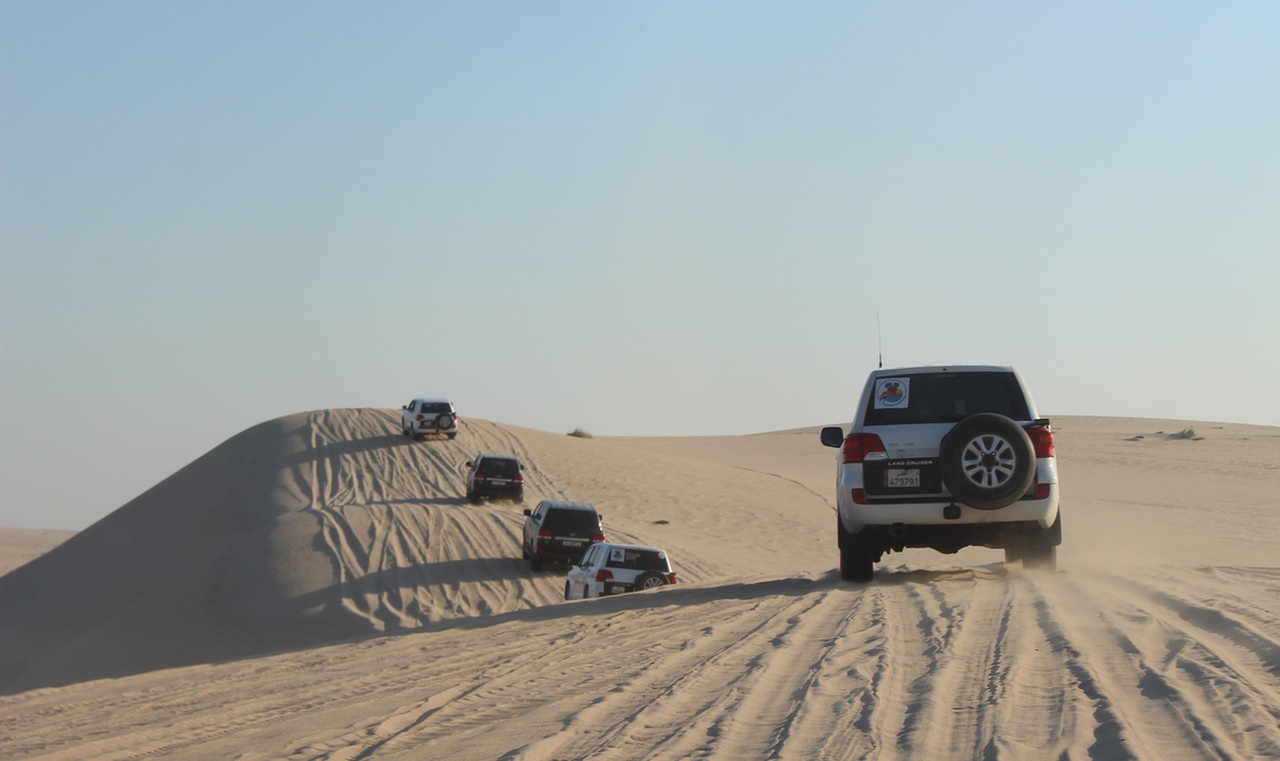
We let out a few squeals with the twists and turns that cause the sand to turn into a storm only to be told by Mohammed, the driver, that when alone, he would really be going “crazy”. This is how Qataris and tourists party around here, and some days the desert is a mass of cars.
Driving further out to Khor Al Adaid (Inland Sea) around 100km south of Doha, just in time to watch the sun disappear into the horizon while sipping the local strong sweet yet spiced tea called Karak, is a glorious experience. There’s only a short strip of sea that separates Qatar from Saudi Arabia (the country’s only border of just 40km), whose mountains were lording over the vista.
Recently Qatar has received a lot of scrutiny that brought up issues and whether they can tolerate Western tastes. For example, alcohol is only available in hotels and some restaurants. There is a single shop just outside Doha that has a licence to sell it.
Nasser El Khater, CEO 2022 World Cup, has asserted on several news channels that “everyone is welcome”. He said, “Qatar is a modest country and displays of public affection are frowned upon”.
Indeed, Qatar has the makings of an escape-to-the-sun destination. However, if Qatar can express that “welcome” message widely, it is likely to become the next short break destination for holiday-makers.
Need to know before you travel:
- 72 hours before travel, apply for your pre-electronic registration through the Ehteraz platform https://www.ehteraz.gov.qa/
- Get a negative PCR Test
- Upload the fit to fly certificate, vaccination status and complete your details and submit
- 24 hours before travel, you will receive “Application for advance registration to enter the State of Qatar” approval
- Print this together with your vaccine and PCR certificates
- Download the Ehteraz mobile app ready to activate when you land at Hamad International Airport. You will get a visa in your passport, and this will be required to activate the app. You will need to show this everywhere you go, including restaurants and museums.
Fly: It takes around 6-7 hours to fly to their gleaming Hamad International Airport from the UK (Qatar Airways provides excellent business class service).
More info : www.visitqatar.qa
Note: Sharron Livingston was a guest of Qatar Tourism
Credit: Source link

